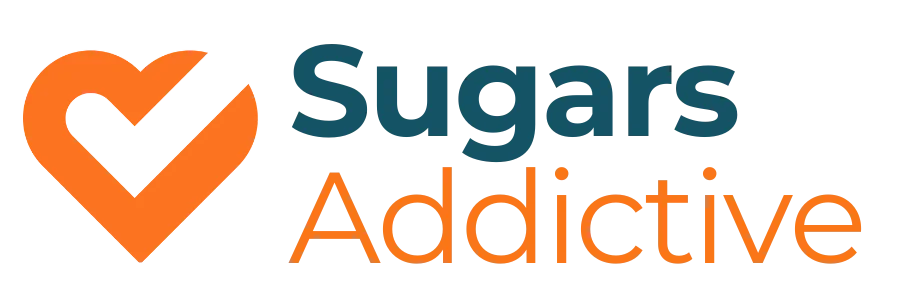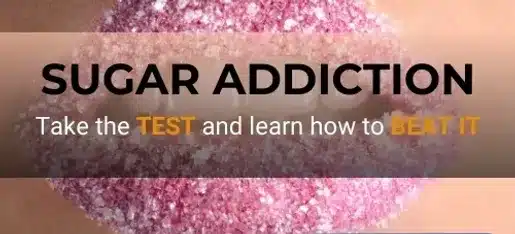The human brain is a complex and highly efficient organ, designed through evolution to seek rewards essential for survival. This “wanting brain” is the driving force behind many of our behaviors, from eating and socializing to pursuing career success. However, this same mechanism also plays a crucial role in addiction, raising important questions about whether addiction is a disease or simply an overactive evolutionary function in a modern environment overloaded with stimuli. This article explores the neuroscience behind the wanting brain, how it influences addiction, and why some researchers argue that addiction is not a disease but rather an efficient adaptation gone awry.
The Wanting Brain: Understanding the Mechanism
At the core of our motivational system is the neurotransmitter dopamine, which is often mistakenly called the “pleasure molecule.” In reality, dopamine does not create pleasure but rather generates a sense of desire and motivation—what neuroscientists refer to as “wanting.” This process is governed by the brain’s reward system, specifically the mesolimbic dopamine pathway, which includes key structures such as:
- The Nucleus Accumbens: Often referred to as the brain’s “reward centre,” it plays a crucial role in motivation and reinforcement.
- The Prefrontal Cortex: Responsible for decision-making, impulse control, and long-term planning.
- The Amygdala: Processes emotions and plays a significant role in attaching significance to experiences and environmental cues.
- The Hippocampus: Responsible for memory formation, linking experiences to past rewards.
When we engage in activities that are beneficial for survival, such as eating nutrient-rich food or forming social bonds, these brain regions interact to reinforce those behaviours by producing feelings of reward. However, addictive substances and behaviours exploit this system, leading to a pathological form of “wanting.”
The Shift from Liking to Wanting in Addiction
Addiction fundamentally alters how the brain processes reward. Initially, drug use or addictive behaviours (like gambling or compulsive eating) trigger high levels of dopamine, leading to pleasurable sensations (“liking”). However, with repeated exposure, the brain undergoes a transition where pleasure diminishes, but the drive to seek the substance or behaviour (“wanting”) intensifies. This is known as sensitization, where the brain becomes hyper-responsive to drug-related cues, making cravings more intense even when the actual experience is no longer pleasurable.
This explains why people with addiction often continue using despite negative consequences. The brain’s reward system has been rewired to prioritize the substance above all else, weakening connections to the prefrontal cortex (responsible for self-control) and strengthening connections to the amygdala (which generates craving in response to environmental triggers).
Addiction: Disease or an Overactive Evolutionary Mechanism?
The traditional brain disease model of addiction argues that addiction is a chronic, relapsing disease characterized by altered brain function. This model suggests that the neural changes in addiction are pathological, similar to diseases like Alzheimer’s or Parkinson’s, and therefore require medical treatment.
However, an alternative perspective challenges this notion, arguing that addiction is not a disease but rather an adaptive response to an obesogenic and hyper-stimulating environment. This view holds that:
- The brain is designed to adapt to rewarding experiences through neuroplasticity, meaning addiction is a form of learning rather than a malfunction.
- The cues and rewards in today’s environment—fast food, social media, highly potent drugs—exploit our natural reward mechanisms, leading to overactivation.
- Many people recover from addiction without medical treatment, suggesting that the brain can self-correct when circumstances change.
Neuroplasticity and Recovery: Can the Brain Reset?
One of the most hopeful aspects of addiction research is that the brain is highly plastic—it can change and adapt based on new experiences. Studies show that:
- Abstinence leads to structural and functional recovery, particularly in the prefrontal cortex, allowing for improved decision-making and impulse control.
- New rewarding experiences, such as exercise, creative pursuits, and strong social connections, can help retrain the brain’s reward system.
- Mindfulness and cognitive-behavioural therapies can weaken the power of drug-related cues and restore balance to the brain’s motivational circuits.
This neuroplastic nature of the brain suggests that while addiction creates deep changes, they are not necessarily permanent, reinforcing the argument that addiction is not a disease but a learned pattern that can be unlearned.
Conclusion
The wanting brain is a double-edged sword: it drives us to seek out rewards necessary for survival but also makes us vulnerable to addiction when faced with an environment rich in hyper-stimulating rewards. Whether addiction is best understood as a disease or an overactive evolutionary function is still debated, but neuroscience reveals that the process is deeply rooted in normal brain mechanisms. Importantly, because the brain is highly adaptable, recovery is always possible, offering hope for those struggling with addiction. By understanding how the wanting brain works, we can better navigate our choices, create healthier environments, and develop more effective strategies for overcoming addiction.





